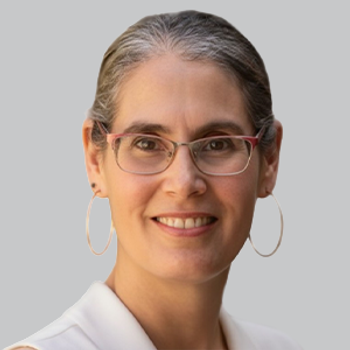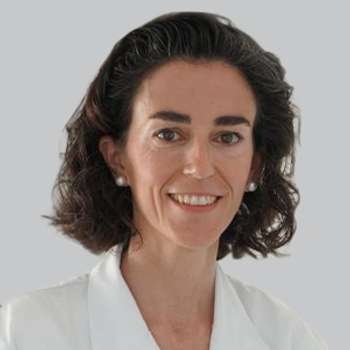
Special Populations in Neurology: Pediatric Migraine
Neurology Times' podcast with a pediatric headache specialist and neurologist who has performed over 1000 procedures to treat migraine in children and adolescents.
A Q&A WITH ALISON ALFORD, MD
Dr Heidi Moawad interviews Dr Alison Alford, a neurologist who specializes in pediatric headache medicine. She currently runs her own practice,
Heidi Moawad, MD (HM): What are the challenges you face when it comes to pediatric migraine?
Alison Alford, MD (AA): One of the most difficult tasks, as you would imagine, is taking a history. I have some very little ones who have a difficult time describing the quality of their headaches. Describing symptoms is difficult enough for an adult. Treatments can be a very big hurdle. There is very little research in children and very few medication options that are approved for under aged 18 years. There is a lot involved in getting what our patients need.
HM: What are the criteria you use when deciding if a child is a good candidate for this treatment?
AA: I typically offer it to patients who have a high burden of frequency. I really prefer not to prescribe daily medications if I can avoid it. SPG blocks are minimally invasive and can sometimes provide up to months of relief with one block; they can also build on themselves and provide months of relief with a few weeks of therapy. If we can treat with just a rescue, then we don't necessarily need a SPG. Sometimes, however, we use it to break an intractable migraine as well, which can avoid IV therapy sometimes too.
HM: How did the children respond to the treatment?
AA: Most children respond very well and rapidly to the treatment. Sometimes within minutes. It can provide relief anywhere from 3 hours to 3 months. One of my patients got 9 months of relief and one, a year. Typically, I see anywhere from 2 to 6 weeks of relief with one block with peak around a month. Additionally, in two cases, treatment helped joint pain related
HM: How often do children typically need to repeat treatment and what are the signs that treatment effects were wearing off?
AA: I typically tell patients to call when they feel the next headache coming on and we can decide if we are at a time to do another. The two cases where it helped more generalized pain required 2 to 3 times a week (which ended up being unsustainable). They both had their symptoms return once the blocks stopped.
HM: How many pediatric migraines have you treated with SPG blocks?
AA: We have done at least a thousand procedures at this time. See the video of Dr Alford demonstrating the SPG block procedure, courtesy of WLKR CoastLive,
Newsletter
Keep your finger on the pulse of neurology—subscribe to NeurologyLive for expert interviews, new data, and breakthrough treatment updates.































